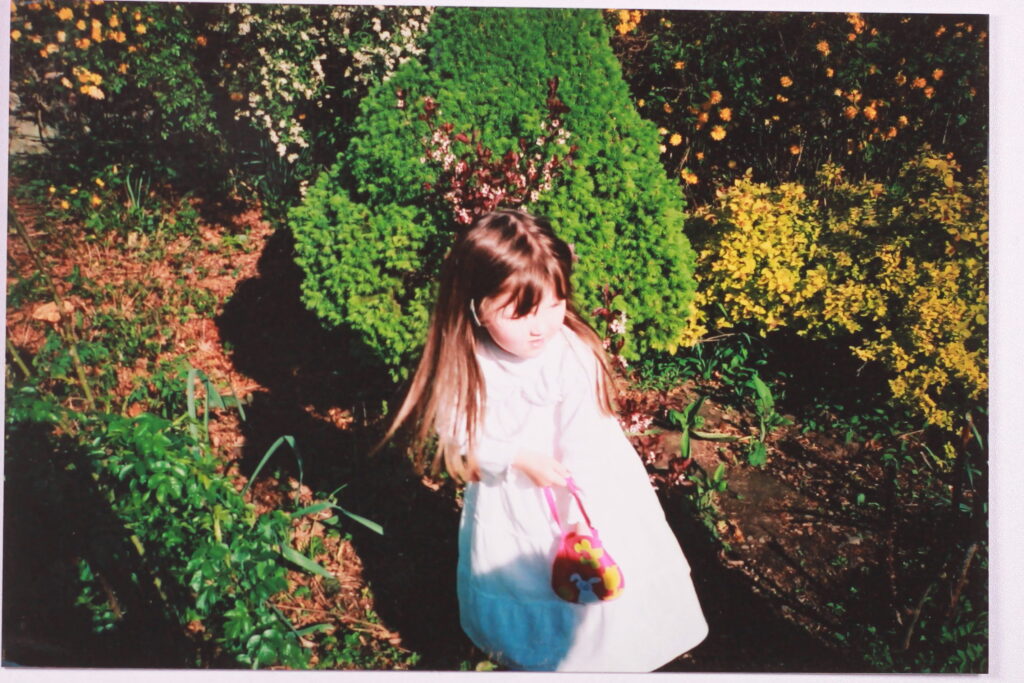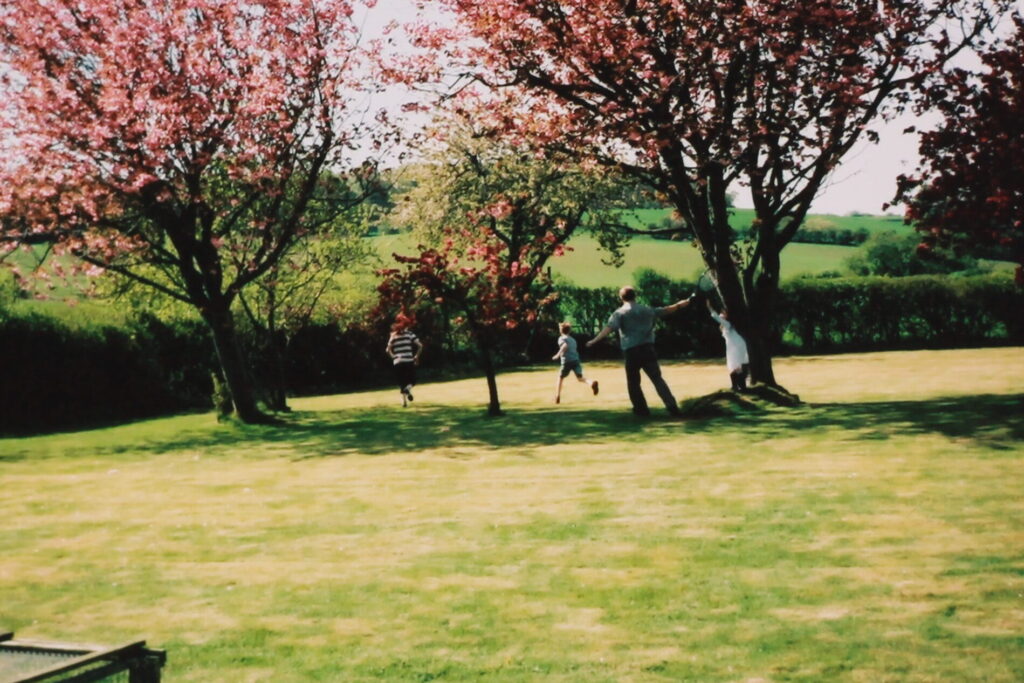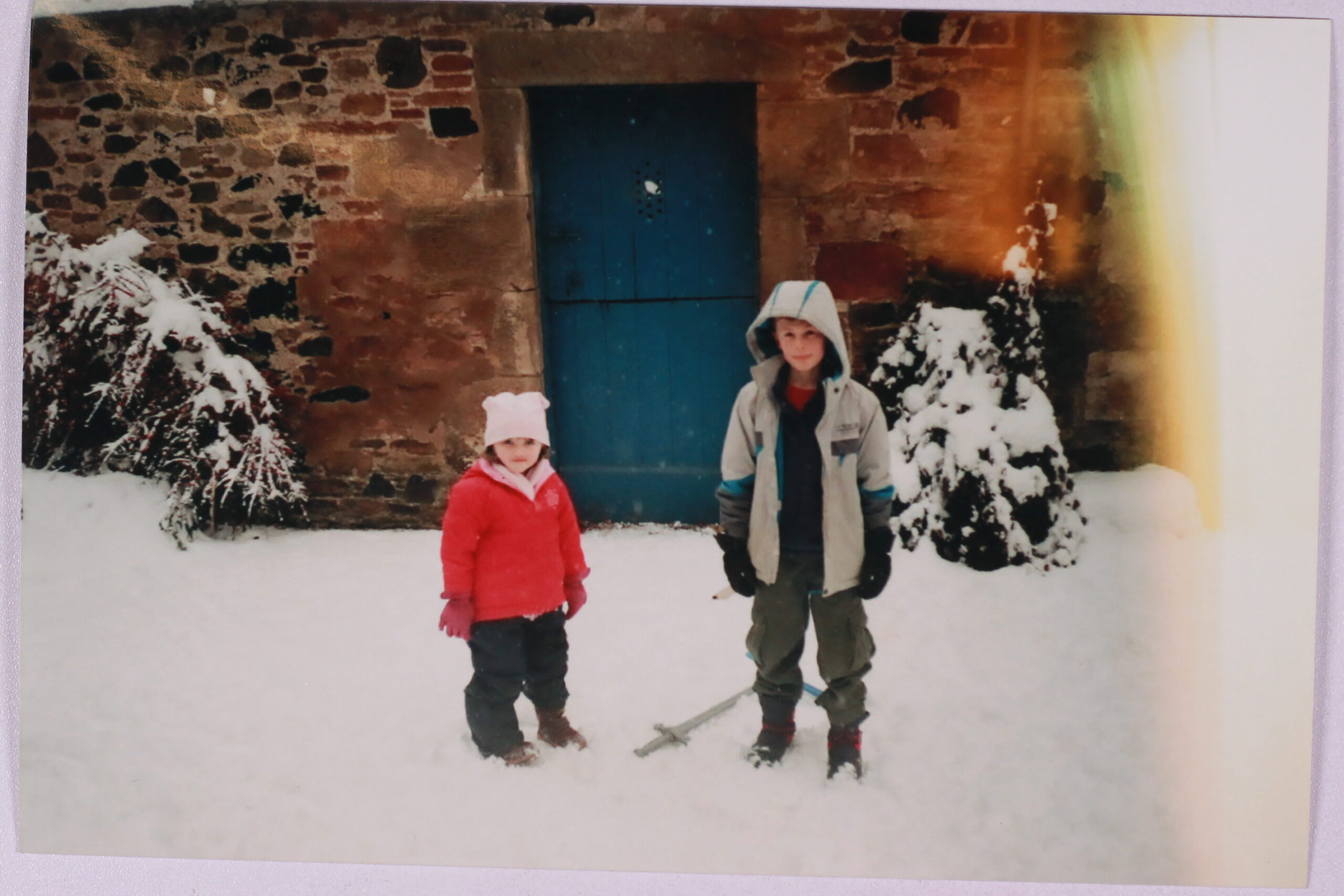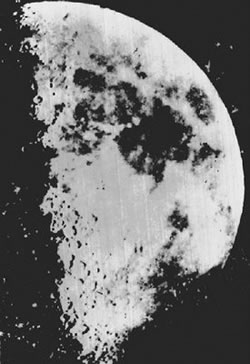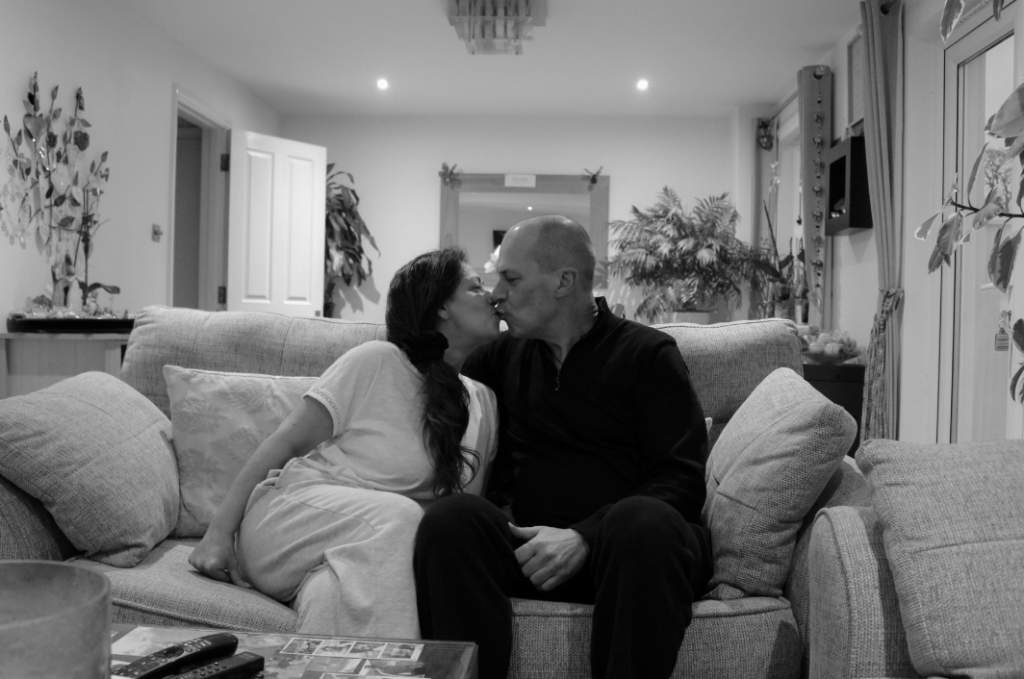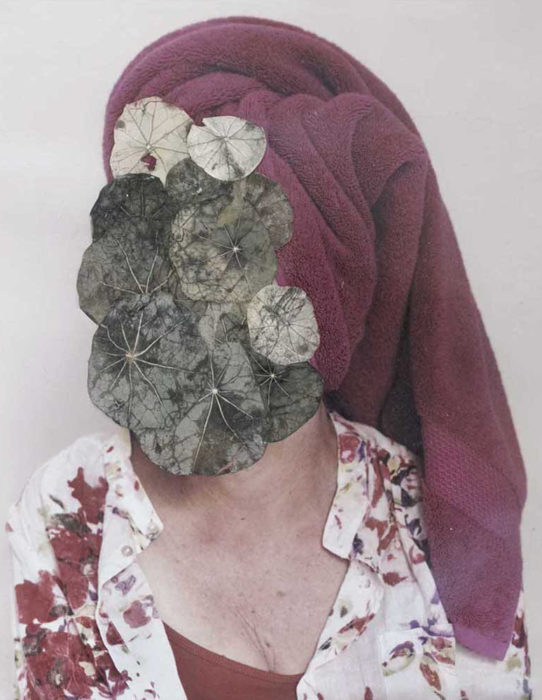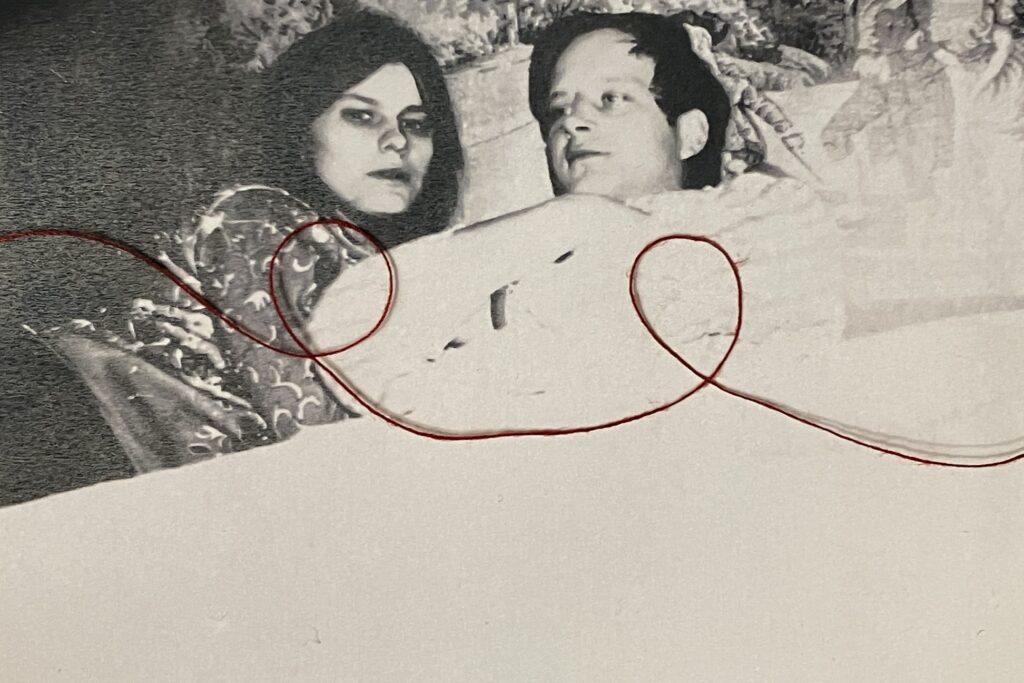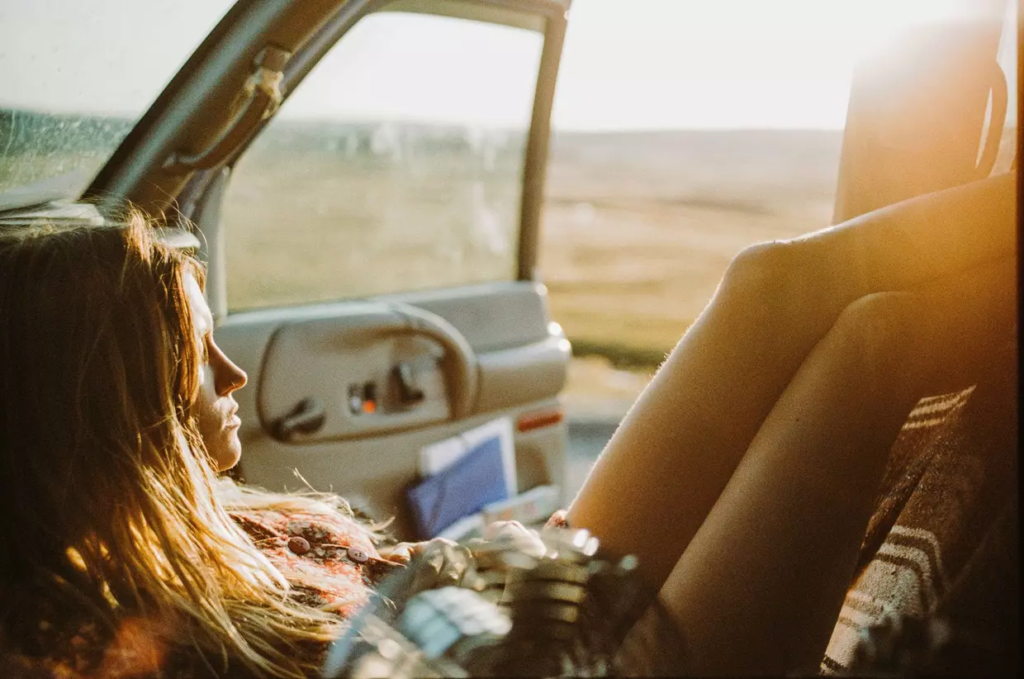(around 23 minutes of recording all together, only transcribed the main/ most relevant sections)
Transcription
Me: Dziadek, jeździliście dużo razem, czy tak bardziej w domu, jak spędzaliście czas? Lubiłeś wyjść, wiesz, na spacery?
Grandad: No wiesz, jak Gosia była młoda, ja pracowałem dużo na tej stacji benzynowej to czasu nie było. Ale, kiedy mogliśmy to wychodziliśmy, do lasu i tak dalej. Kiedy bylem młodszy to parę razy pojechałem nad morze z kuplami- dlatego tyle mam zdjęć. A później jak bylem już z Krystyną to też jeździłem, to było takie wszystkich marzenie, żeby pojechać nad morze. Dużo razem jeździliśmy. Po rodzinie też dużo jeździliśmy, do Gosi kuzynów.
Me: A to, w którym roku się poznałeś z Babcią, dziadek? Bo tu był 1970 i mama się urodziła w 76, czyli co, szybko dosyć co nie?
Grandad: Ja jak z wojska wyszedłem, to był 70 rok. To gdzieś w 72 się poznałem z Krystyną.
Me: To, kiedy był ślub?
Grandad: 31 sierpnia, w 72
Me: Aha, to szybko, bardzo szybko
Grandad: Ja wróciłem z tego wojska, te kumple, ten się ożenił, ten się ożenił. No wiesz, to pomyślałem to ja też się ożenię. To taka była decyzja. I trochę na złość temu tacie, że on tego nie akceptował. No i zdecydowaliśmy, że chcieliśmy mieć dziecko. Bo ja bardzo lubiłem dzieci. O i tez, jeździliśmy też dużo do rodziny Krystyny, w różnych miejscach w Polsce. Twoja mama zawsze wspominała, jak bawili się w takiej piaskownicy, zrobionej z takiej plastikowej wanny. No i tez w góry lubiliśmy pojechać, żeby coś pokazać albo coś zobaczyć. Ale to już jak był samochód.
Jak się rozmawia to przywraca pamięć.
Me: A później jak mieszkaliście razem, to jakie obowiązki były w domu.
Grandad: U nas to ja dużo gotowałem. Bo lubiłem gotować, no i umiałem. I tak z domu się nauczyłem. Ale takie sprzątanie to Krystyna była taką pedantką. Nawet czasami to mnie wykurzało. Te podłogi, mówiłem zostaw to jest fajna pogoda, ale podłogi musiały być szorowane. Zawsze u nas było czyściutko, i dla niej było najważniejsze- za nim gdzieś się poszło musiało być to wszystko wysprzątane, wyprane, wyprasowane. Ale tutaj nigdy tak nie było że ona była zostawiona z tym wszystkim, oczywiście jakieś naprawianie, to nie było do pomyślenia, żeby ona to robiła. Lubiliśmy sobie pomagać, jak chciało się gołąbków to zawsze mówiła ze ja robię najlepsze gołąbki. Ona za to, lubiła piec ciasta, zawsze pachniało w tym domu. Jeszcze do dzisiaj te kartki z przepisami są w tym zeszycie, autentyczne jej pismo. Trzymam to, niby to nie potrzebne, ale nie wyrzucam. Taka pamiątka.
Me: To jak wspominasz, życie razem?
Grandad: To było wszystko bardzo fajnie, no, ona tam pracowała w kuźni, a potem otworzyła z koleżanką sklep. Taki butik, takie różne rzeczy tam były. Jak miałem wolne to jeździłem jej do Poznania po towar. Coś atrakcyjnego trzeba było przywieść. Wszystko szybko było sprzedawane. Ale później wróciła do kuźni, no i wtedy zaczęła już coś z tym zdrowiem podupadać. Nawet na tych zdjęciach już jest taka zmieniona. Niby nic nie wiedział co jej jest. Była trochę w pracy, ale zachorowała.
Gosia miała ferie zimowe. Była 12 w nocy i Gosia już pożegnała się z mamą i spała. Krystyna myła się a ja oglądałem telewizje. Taki kryminalny program. Ona wróciła i się położyła, i powiedziała włącz to jeszcze. Leżymy i w pewnym momencie taki dziwny dźwięk zrobiła. Taki nie naturalny. Zapaliłem lampkę i popatrzyłem się na nią a ona miała oczy takie wywrócone. Ja od razu dałem jej poduszkę pod plecy i próbowałem jej pomóc oddychać, ale ona zaczęła już sinieć. Nie wiem, czy mnie słyszała czy nie. Pobiegłem zamknąć Gosi drzwi, żeby spała i złapałem telefon i poprosiłem o pogotowie. Pobiegłem i walę w drzwi sąsiadki i ona pyta co się dzieje. Za chwilę przyjechało pogotowie. Jeden mówi że nie czuje pulsu no i ją zabrali. Pobiegłem po sąsiadkę i powiedziałem że Krystynę zabrali i żeby została z Gosią. Zabrałem samochód do szpitala i zadzwoniłem do kolegi, doktora, i on mówi że zaraz jedzie tam też. Jeszcze 40 minut próbowali ją uratować, i ten mój kolega mówi że nic nie mogą zrobić. Poszedłem się z nią pożegnać jak tam leżała na tej sali, rozmawiałem z nią. Czułem się jakby ona jeszcze słyszała. Pojechałem po moją mamę i pojechaliśmy do Gosi. Gosia spała do rana. Nie wiedziałem jak jej powiedzieć. Posłem do niej, pamiętam jak to było dzisiaj. Powiedziałem że muszę jej coś powiedzieć i że mama miała taki atak. Pamiętam, jak Gosia uklęknęła na tym łóżku i tak mnie ściskała i mówiła ‘no i co, no i co’. Przytuliłem ją i powiedziałem ‘Gosiu no po prostu nie masz już mamy’. Jak ona zaczęła krzyczeć.
Było tak, Julciu… że twoja mama nie mogła sobie poradzić z tym. Przez lata nie mogła powiedzieć słowo ‘mama’. Niechciała nic wiedzieć jak to się stało.
Translation
Me: Grandpa, did you travel a lot together, or did you spend more time at home? Did you like going out, you know, for walks?
Grandad: Well, you know, when Gosia was young, I worked a lot at the gas station, so there wasn’t much time. But when we could, we went out, to the forest and so on. When I was younger, I went to the sea a few times with friends – that’s why I have so many photos there. And later, when I was with Krystyna, we also travelled a lot; it was everyone’s dream to go to the sea. We travelled a lot together. We also visited Krystyna’s family a lot, her cousins.
Me: So, in which year did you meet Grandma, Grandpa? Because here it’s 1970, and mom was born in ’76, so it was quite quick, right?
Grandad: When I finished my military service, it was ’70. So, around ’71, I met Krystyna.
Me: When was the wedding?
Grandad: August 31, ’72.
Me: Oh, that was quick, very quick.
Grandad: I came back from the military, my buddies were getting married. You know, this one got married, this one got married. So, I thought, why not me? It was also a bit to annoy my father, who didn’t approve of our relationship. Anyway, we decided we wanted to have a child, I really liked kids. We also travelled a lot to Krystyna’s family in different parts of Poland. Your mom always remembers playing in a sandbox made from a plastic tub. And we also liked going to the mountains, showing or seeing something. But that was when we had a car. Talking about it brings back memories.
Me: And then, when you lived together, what were the household responsibilities?
Grandad: I did a lot of cooking at our place because I enjoyed it, and I knew how. I learned it at home. But as for cleaning, Krystyna was meticulous. Sometimes it irritated me. I’d say, leave it; the weather is nice, but the floors had to be scrubbed. It was always spotless at our place, and for her, before going anywhere, everything had to be cleaned, washed, and ironed. But it was never like she was left alone with all of it; of course, doing repairs were out of the question for her. We liked helping each other. If we wanted cabbage rolls, she always said I made the best so it was up to me to make them. She, on the other hand, liked baking cakes, and the house always smelled of it. Even today, those notes with recipes are in this one notebook, in her authentic handwriting. I keep it, it’s not really necessary, but I won’t throw it away. It’s a keepsake.
Me: How do you remember life together?
Grandad: It was all very nice. She worked in a forge, and then she opened a shop with a friend. A boutique with various things. When I had free time, I would drive to Poznań to get merchandise. Something attractive had to be received from bigger cities; everything sold quickly. But later, she returned to the forge, and that’s when her health began to decline. Even in these photos, she looks different. No one knew what was wrong. Gosia was on her winter break. It was midnight, and Gosia had already said goodbye to her Krystyna and was sleeping. Krystyna was showering, and I was watching TV, a crime show. She came back, lay down, and said, turn it on again. We lay there, and at some point, she made a strange sound, it was unnatural. I turned on a lamp and looked at her; her eyes were rolled back. I immediately put a pillow under her back and tried to help her breathe, but she started turning blue. I don’t know if she heard me or not. I ran to close Gosia’s door so she could sleep and grabbed the phone, asking for an ambulance. I ran and knocked on the neighbour’s door, telling her what was happening. The ambulance arrived shortly. One said she had no pulse, and they took her. I ran to the neighbour and told her they took Krystyna and to stay with Gosia. I took the car to the hospital and called a friend, a doctor, who said he would soon come. They tried to save her for 40 minutes, and my friend said they couldn’t do anything. I went to say goodbye to her as she lay on that bed, I talked to her. I felt as if she could still hear me. I went to my mom and drove to Gosia. Gosia slept until morning. I didn’t know how to tell her. I went to her; I remember it as if it were today. I told her I had to tell her something and that mom had an attack. I remember how Gosia knelt on that bed, squeezing me and saying, ‘and what, and what.’ I hugged her and said, ‘Gosia, you don’t have a mum anymore.’ She just started screaming.
It was like that, Julcia… your mum couldn’t cope with it. For years, she couldn’t say the word ‘mum.’ She didn’t even want to know how it happened.
Key Quotes
I picked out some key quotes as I would like to include them in my photobook. I think it will provide more insight for the viewer, being a more obvious indication of the story I want to tell. I think it’ll also be a powerful way of showing the past, creating a contrast between the photos, since they don’t show the complete true, and the quotes, key sentences presenting the reality of my grandad’s life.
“to było takie wszystkich marzenie, żeby pojechać nad morze”– “it was everyone’s dream to go to the sea”
“dużo razem jeździliśmy”– “we travelled a lot together”
“no i tez w góry lubiliśmy pojechać, żeby coś pokazać albo coś zobaczyć”– “and we also liked going to the mountains, showing or seeing something”
“jeszcze do dzisiaj te kartki z przepisami są w tym zeszycie, autentyczne jej pismo. Trzymam to, niby to nie potrzebne, ale nie wyrzucam. Taka pamiątka.”- “even today, those notes with recipes are in this one notebook, in her authentic handwriting. I keep it, it’s not really necessary, but I won’t throw it away. It’s a keepsake.”
“nawet na tych zdjęciach już jest taka zmieniona”- “even in these photos, she looks different”
“nie wiem, czy mnie słyszała czy nie”– “I don’t know if she heard me or not”
“rozmawiałem z nią. Czułem się jakby ona jeszcze słyszała”– “I talked to her. I felt as if she could still hear me”


